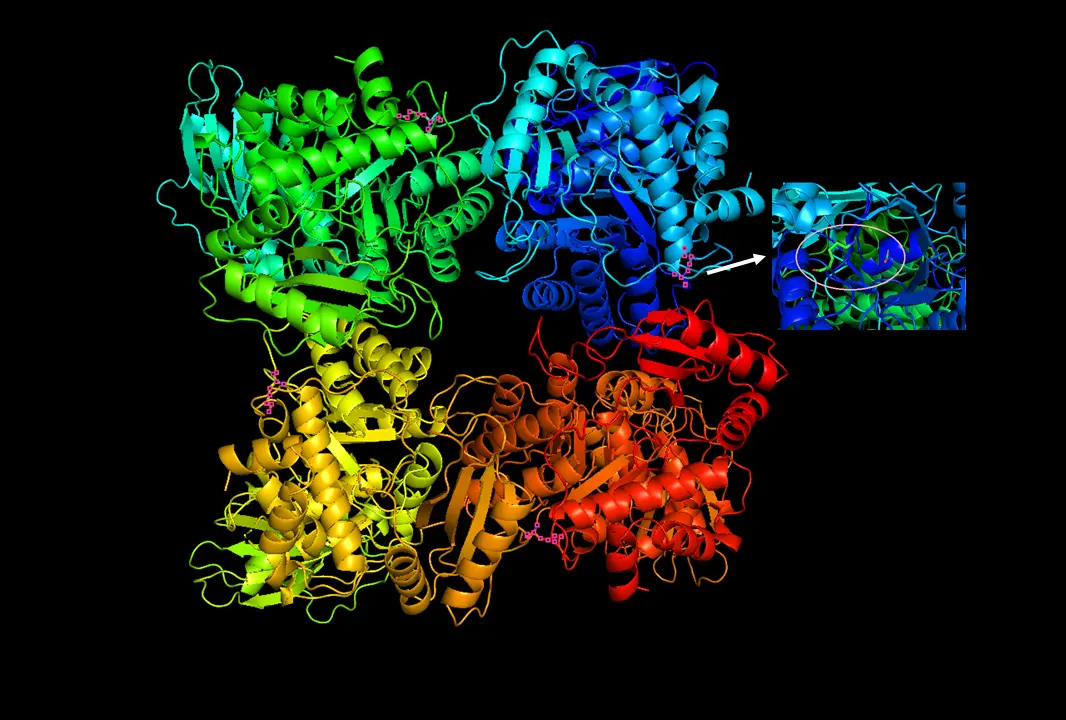


4 billion years of fixing inorganic carbon in the biosphere. Sometimes mistakes O2 for CO2. Not as fast as some enzymes, but very abundant. Here, have some phosphoglycerates about it.





Comrade Pauli?!



https://www.audubon.org/news/the-klamath-basins-water-crisis-growing-disaster-waterfowl
Another case where wetlands should have remained rather than trying to ‘reclaim’ them for homesteading.


Pippin’s barrels and brooch at Isengard. One of the best chapters.
Was the Tachi ejected to save MCRN? Or did it float out of a wreck?
Lies, Inc. is another by PKD that will leave your head spinning.


Holy shit. TIL.
Wallace ended up buying a William Shatner Star Trek mask from a costume shop for under two dollars. To remove the human element of the mask, Wallace widened the eye holes and got rid of the side-burns and distinctive eyebrows. The mask was then spray-painted, transforming it into the emotionless figure that fans now know so well.
https://screenrant.com/halloween-michael-myers-mask-origin-story/


Perhaps. I was thinking in the last 1-2 years. Maybe it was that long ago.


Who was the other famous old country singer who died recently? I want to say he even resembled Kristofferson a bit.


What’s the thing that looks like a tiny mailbox with a skunk on it?
Because Crake is saving it for some special project at Rejoov.
To the depths of Jupiter, then.
Wouldn’t Jabba being ‘stupid as fuck’ and making erroneous claims about nature be the less convoluted answer here? Bioengineering, canon or not, sounds like the more complicated explanation.
Sarlac that lost the ability to grow ‘roots’ and instead worked out venom and energy storage (fat and muscle) would outcompete and supplant the sarlacs still producing energetically-expensive, overly-complicated stasis bellies.
What happens if they momentarily fail to keep their meals alive, do they starve or become poisoned by the rotting meat? Do they have issues keeping a varied diet alive? How do they maintain a net positive energy balance after producing all that is required to keep organisms alive? Why not stun them and stash them, like wasps and spiders? Why not fatten up like -gestures broadly at all life-. Fat requires very little maintenance.
Could one, in theory, rescue one’s friends were they trapped in a sarlac?
Sounds like an organism that would quickly be out of business were there any competition at all.
edit: How do they handle the waste produced by the meals-in-stasis?
While reading up on The Last Boy Scout, I found this:
Shane Black and Tony Scott both expressed dissatisfaction with the final film, and said in later years how the original script was far better. Scott accused Joel Silver of interfering with the production and swore off working with the producer again. His next film, True Romance, features an unflattering film producer character patterned after Silver.